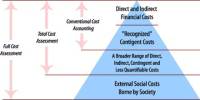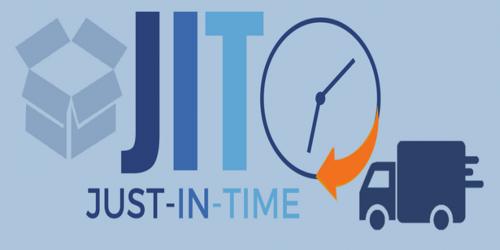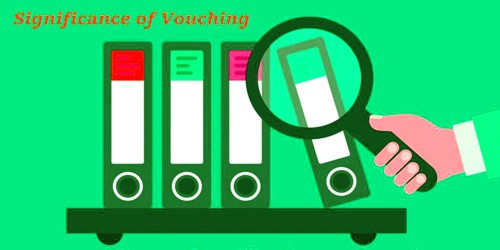Current Purchasing Power Method (C.P.P.) is also known as General Price-Level Accounting. CPP methods, financial statements prepared under historical cost accounting are re-stated by using an approved price index. This is a mixed-method in which financial statements are prepared on a historical basis these statements, in the end, are converted on the current purchasing power of the currency. This is a mixed-method in which financial statements are prepared on a historical basis these statements, in the end, are converted on the current purchasing power of the currency.
Steps of Current Purchasing Power (CPP) Method
The following steps should be followed to prepare financial statements under the CPP method of accounting for price level changes.
(1) Calculation of Conversion Factor
CPP method involves the restatement of historical figures at current purchasing power. For this purpose, historical figures must be multiplied by conversion factors. The formula for the calculation of the conversion factor is:
- Conversion factor = Price Index at the date of Conversion/Price Index at the date of item aros
- Conversion factor at the beginning = Price Index at the end/Price Index at the beginning
- Conversion factor at an average = Price Index at the end/Average Price Index
- Conversion factor at the end = Price Index at the end/Price Index at the en
- Average Price Index = Price Index at beginning + Price Index at the end/2
- CPP Value = Historical value X Conversion factor
(2) Distinction between Monetary and Non-monetary Accounts
CPP method classifies all assets and liabilities into two groups’ i.e. monetary items and non-monetary items.
Monetary Items: Monetary items are assets and liabilities, the amounts of which are receivable or payable only at a current monetary value. Monetary assets include cash, bank, bills receivables, debtors, prepaid expenses, account receivables, investment in bond or debentures, accrued income, etc. Monetary liabilities include creditors, accounts payable, bills payable, outstanding expenses, notes payable, dividend payable, tax payable, bonds or debentures, loan, advance income, preference share capital, etc.
Non-monetary Items: Those items which cannot be stated in fixed monetary value are called non-monetary items. Such items denote assets and liabilities that do not represent specific monetary claims. Non-monetary accounts include land, building, machinery, vehicles, furniture, inventory, equity share capital, irredeemable preference share capital, accumulated depreciation, etc.
(3) Gain or Loss on Monetary items
Monetary items are receivable or payable in a fixed amounts irrespective of changes in the purchasing power of money. The change in purchasing power of money has an effect on monetary assets and monetary liabilities, Therefore, the holding of such items results in gain or loss in terms of real purchasing power. Such gain or loss is termed as general price level gain or loss.
(4) Valuation of Cost of Sales and Inventories
Cost of sales and inventory value vary according to cost flow assumptions i.e. first-in-first-out (FIFO) or last-in-first-out (LIFO). Under FIFO, the cost of sales comprises the entire opening stock and current purchases less closing stock. And closing is entirely from the current purchase. Under the LIFO method, the cost of sales comprises the current purchase only.
(5) Restated Balance Sheet
The historical balance sheet is prepared as per the historical income statement, so it can not represent the revised or changed value of assets and liabilities. Under the price level change, the historical balance sheet should be revised to reflect the true picture of the financial position of any organization. Inside the historical balance sheet, both monetary and non-monetary items are listed.
















